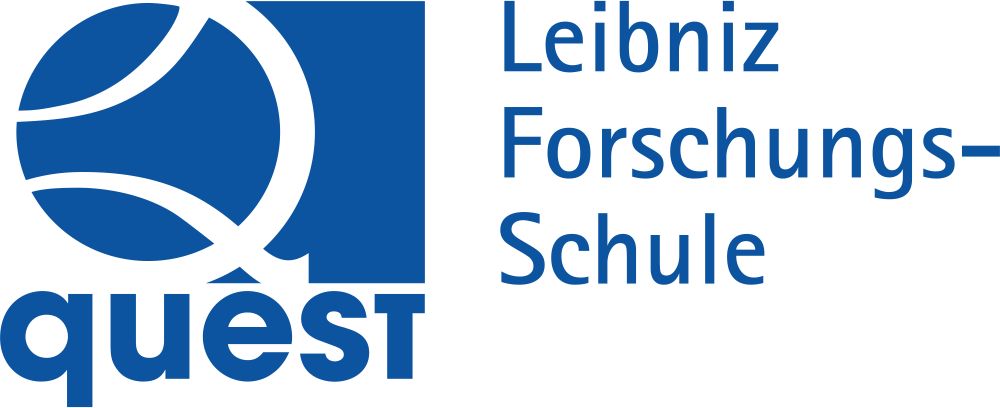The Heidelberg compact electron beam ion traps
- verfasst von
- Peter Micke, Steffen Kühn, Lisa Buchauer, James Robert Harries, Thore M. Bücking, Klaus Blaum, A. Cieluch, Alexander Egl, Daniel Hollain, Sandro Kraemer, Thomas Pfeifer, Piet Oliver Schmidt, R. X. Schüssler, Ch Schweiger, T. Stöhlker, Sven Sturm, Robert N. Wolf, Sven Bernitt, José R. Crespo López-Urrutia
- Abstract
Electron beam ion traps (EBITs) are ideal tools for both production and study of highly charged ions (HCIs). In order to reduce their construction, maintenance, and operation costs, we have developed a novel, compact, room-temperature design, the Heidelberg Compact EBIT (HC-EBIT). Four already commissioned devices operate at the strongest fields (up to 0.86 T) reported for such EBITs using permanent magnets, run electron beam currents up to 80 mA, and energies up to 10 keV. They demonstrate HCI production, trapping, and extraction of pulsed Ar16+ bunches and continuous 100 pA ion beams of highly charged Xe up to charge state 29+, already with a 4 mA, 2 keV electron beam. Moreover, HC-EBITs offer large solid-angle ports and thus high photon count rates, e.g., in x-ray spectroscopy of dielectronic recombination in HCIs up to Fe24+, achieving an electron-energy resolving power of E/ΔE > 1500 at 5 keV. Besides traditional on-axis electron guns, we have also implemented a novel off-axis gun for laser, synchrotron, and free-electron laser applications, offering clear optical access along the trap axis. We report on its first operation at a synchrotron radiation facility demonstrating the resonant photoexcitation of highly charged oxygen.
- Organisationseinheit(en)
-
Institut für Quantenoptik
- Externe Organisation(en)
-
Max-Planck-Institut für Kernphysik
Physikalisch-Technische Bundesanstalt (PTB)
National Institutes for Quantum and Radiological Science and Technology
GSI Helmholtzzentrum für Schwerionenforschung GmbH
Helmholtz-Institut Jena
Friedrich-Schiller-Universität Jena
- Typ
- Artikel
- Journal
- Review of Scientific Instruments
- Band
- 89
- ISSN
- 0034-6748
- Publikationsdatum
- 06.2018
- Publikationsstatus
- Veröffentlicht
- Peer-reviewed
- Ja
- ASJC Scopus Sachgebiete
- Instrumentierung
- Elektronische Version(en)
-
https://doi.org/10.48550/arXiv.2011.01363 (Zugang:
Offen)
https://doi.org/10.1063/1.5026961 (Zugang: Offen)
https://doi.org/10.15488/4920 (Zugang: Offen)


